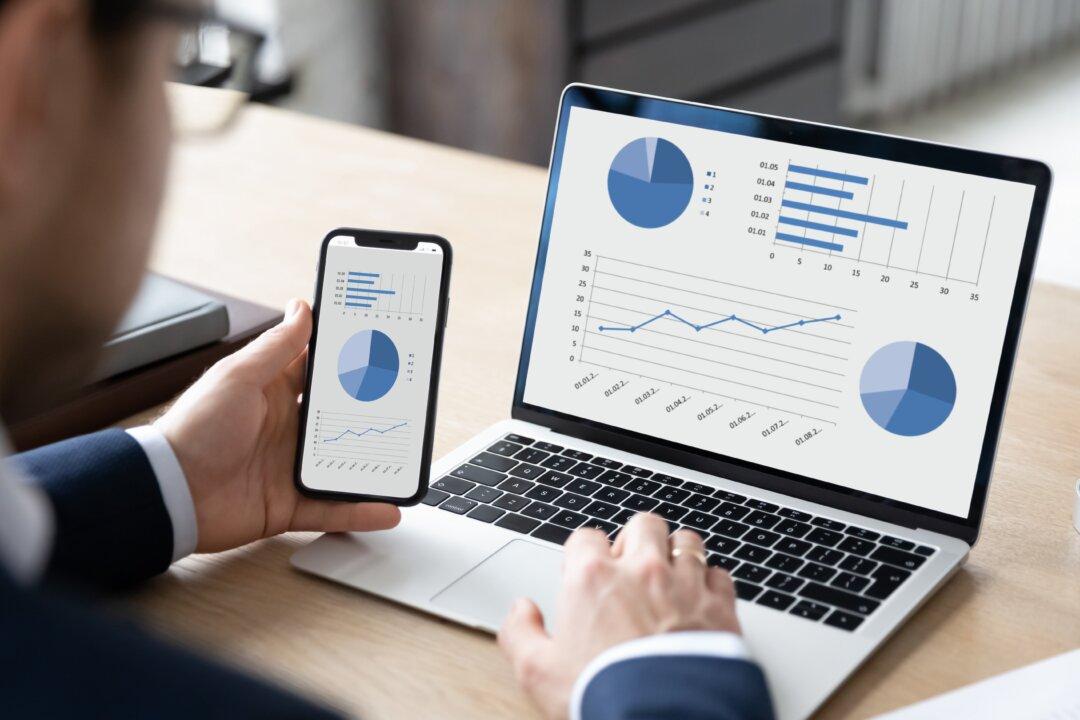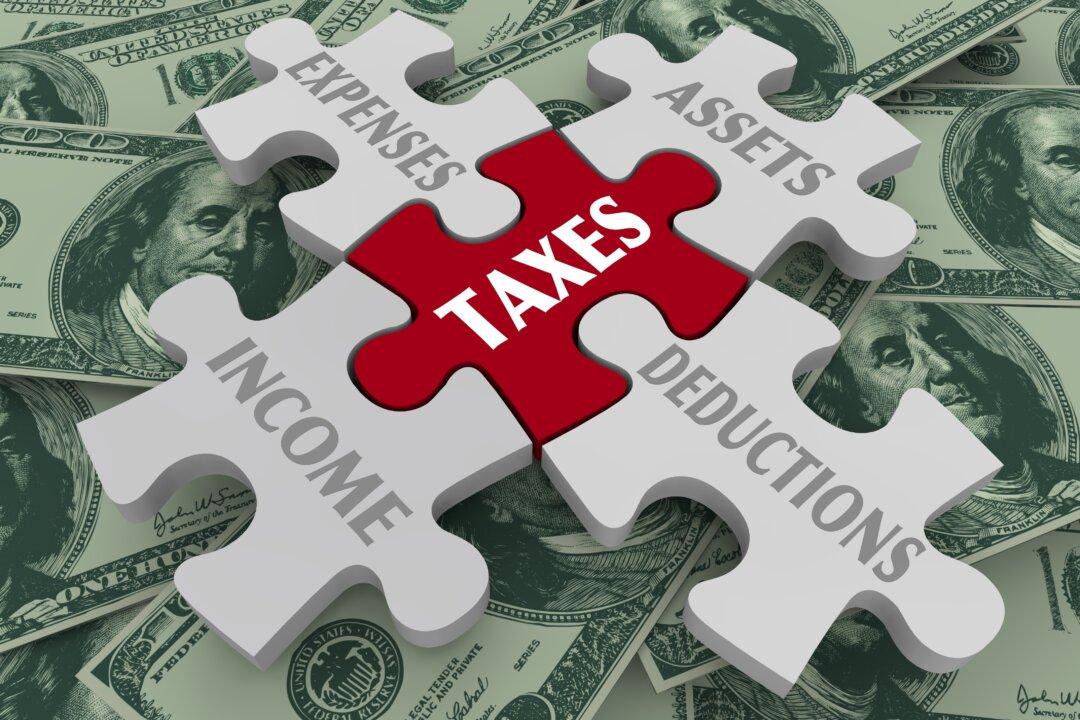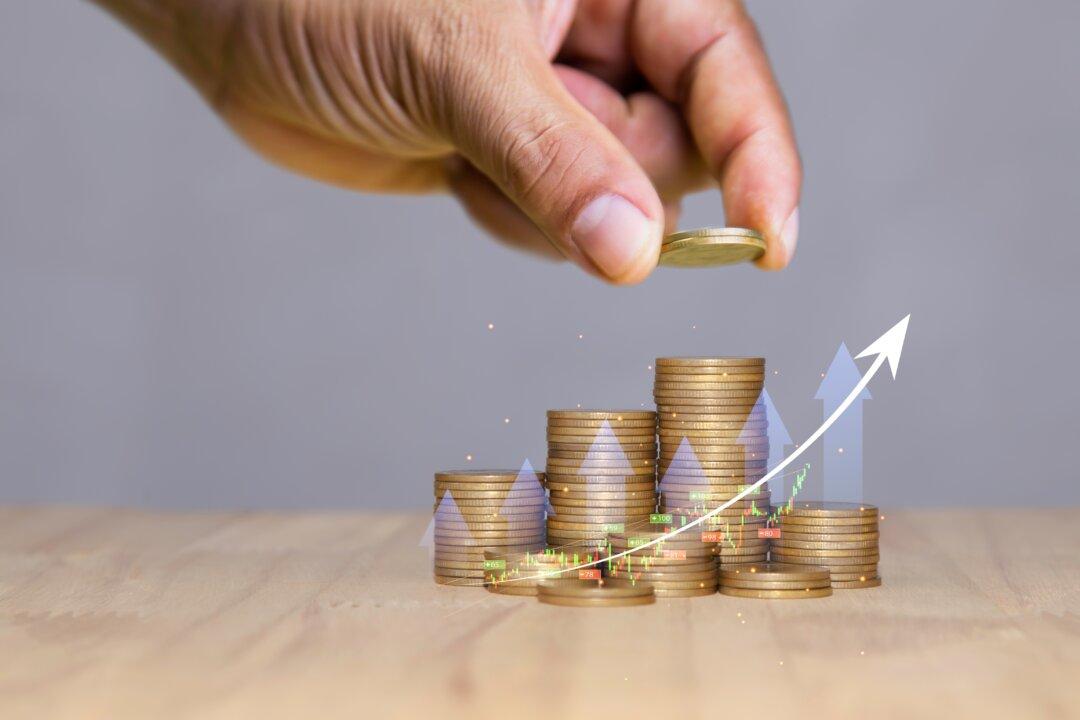The median pay of a CEO was $16.3 million in 2023, almost 200 times the typical worker wage, according to data analyzed by Equilar. The disparity is driven in part by generous stock awards that make up roughly 70 percent of total compensation packages. Putting this in perspective: The annual pay hike amounted to $4,300 for workers, while CEOs enjoyed an extra $1.5 million.
CEO pay has increased by over 1,200 percent since 1978, compared with only a 15 percent rise in wages for the typical worker over this time, according to the Economic Policy Institute (EPI).






